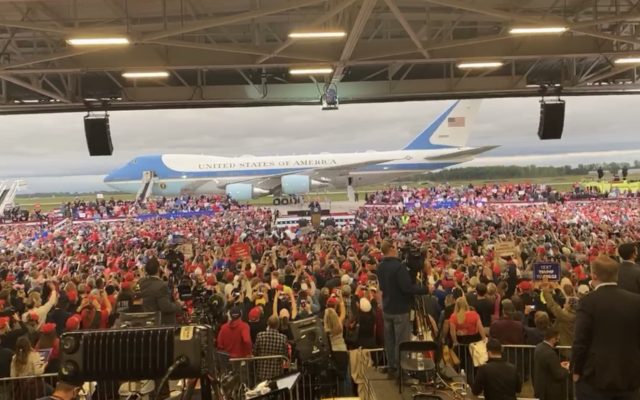Plan to filter water from contaminated Navy tanks in Hawaii gets approval

▶ Watch Video: Tainted water crisis in Hawaii displaces military families
The Hawaii Department of Health has approved a plan for the U.S. Navy to start removing up to five million gallons of treated water each day from a now-closed well on Oahu that is contaminated with petroleum products. The well, which supplies almost 20% of Honolulu’s drinking water, was shut down in November following reports from families that the water smelled of fuel was making them sick.
A permit issued by the state health department allows the Navy to extract contaminated water from Red Hill Shaft — a well situated about 100 feet below a fuel storage facility — for treatment to remove any fuel contamination where it will be “closely monitored and tested,” according to the Navy. After being sent through a filtration system, the water will then be released into Halawa Stream in Honolulu, the Hawaii Department of Health said.
“Pumping water from the Red Hill Shaft into the treatment system, then into Halawa Stream is a critical part of the response,” the Hawaii Department of Health said in a statement Friday. “It’s important to pump contaminated water out of the Red Hill Shaft so that it doesn’t migrate to other parts of the groundwater aquifer.”
The Navy said it will adhere to “strict requirements” when it comes to sampling and testing water throughout the entire treatment process. Should contaminant levels at any point exceed the health departments’ acceptable limits, operations will be halted, the Navy said.
Last November, the Navy turned off its water system following complaints from families that their water smelled of fuel. Tests later identified petroleum hydrocarbons within the water, and health officials urged residents against using it for many daily tasks. The Navy then suspended operations at the Red Hill Bulk Fuel Storage Facility, which is located on above the well and has a history of leaking.
The Navy has since begun individually flushing water in affected homes to clear contamination and provided various resources.
Earlier this month, house lawmakers criticized the Navy for its initial response to contamination. The Navy initially insisted that drinking water was safe to consume before apologizing days later and clarifying that it had misinterpreted earlier water quality tests. The water crisis has cost over $250 million so far, according to Navy officials.
“This is not only a matter of health and safety of hundreds of thousands of residents of Hawaii and visitors to Hawaii, but it is critical to the support, confidence and trust of the people in the U.S. military and in our mission in the Indo-Pacific,” Democratic U.S. Representative Ed Case of Hawaii said earlier this month at a virtual hearing.



